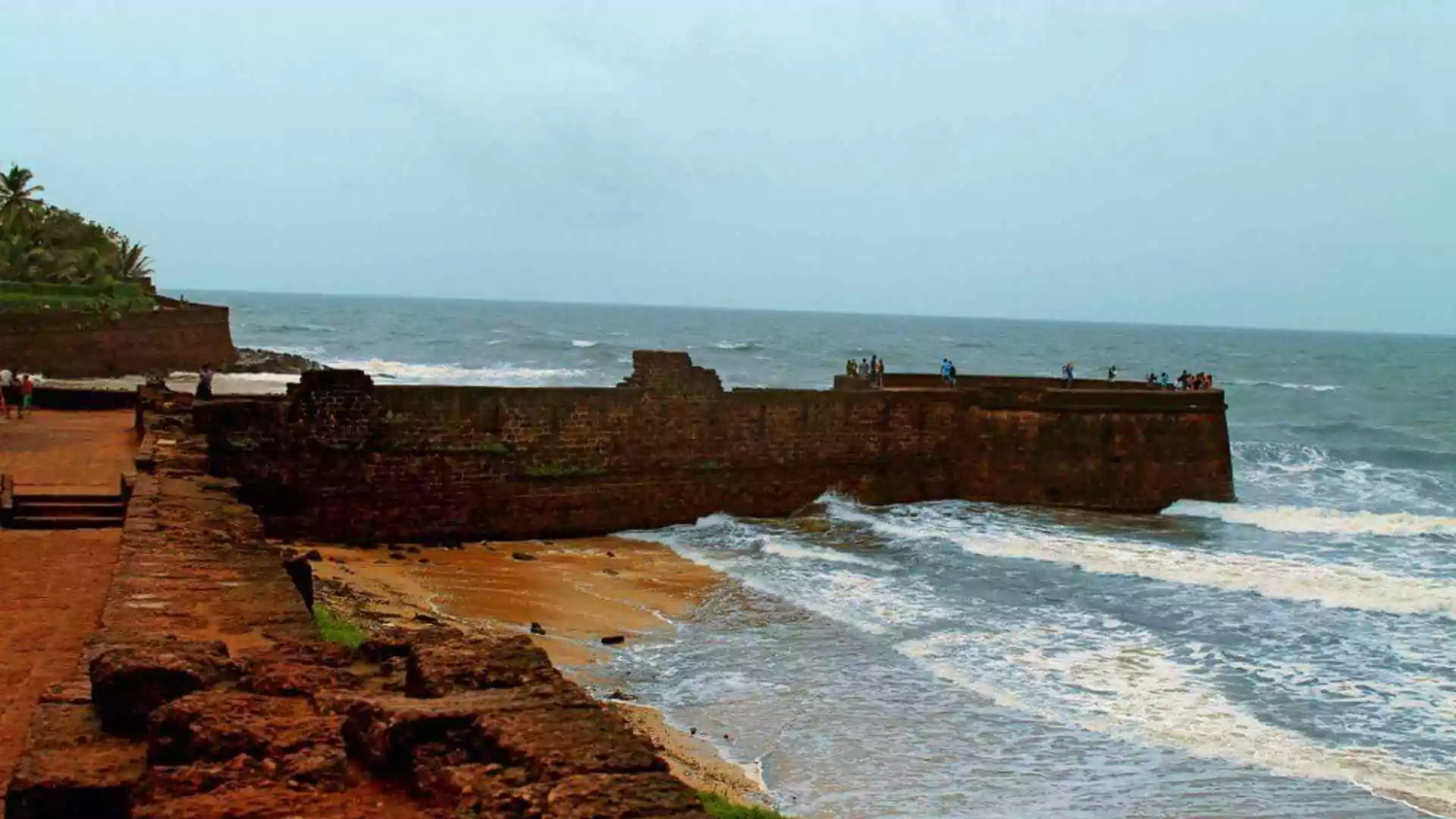In a concerning development in the Baltic Sea, the undersea power cable connecting Finland and Estonia, known as Estlink 2, has suffered a significant breakdown. Finnish authorities have launched an investigation, and sabotage is suspected.
Power Outage Causes Concern
The outage occurred in December 2024, disrupting the power transmission between the two countries. Finnish Prime Minister Petteri Orpo assured the public that the power supply would not be affected, as there is still sufficient capacity available within the country’s electricity grid. However, the incident has raised alarms due to the increasing number of disruptions to critical undersea infrastructure in the region.
This latest incident adds to a growing list of undersea cable disruptions in the Baltic Sea area. In recent months, there have been previous incidents, including the severing of telecom cables connecting Finland to Sweden and damage to a gas pipeline caused by the anchor of a Chinese cargo ship. These events have heightened security concerns, particularly in the wake of Russia’s invasion of Ukraine.
Authorities Investigate Possible Sabotage
Arto Pahkin, head of operations at the Finnish electricity grid, stated that while the cause of the outage is still under investigation, sabotage cannot be ruled out. The incident has prompted heightened vigilance among authorities, as these undersea cables are not only vital for regional electricity supply but also play a strategic role in broader geopolitical security.
With tensions in the Baltic region escalating, the integrity of critical infrastructure like the Estlink 2 cable is under closer scrutiny. Authorities remain on high alert, closely monitoring the situation as investigations continue.
The Need for Vigilance in a Volatile Region
As investigations into the Estlink 2 cable disruption progress, the ongoing security concerns in the Baltic Sea highlight the strategic importance of these undersea infrastructure links. Whether caused by sabotage or other factors, these incidents underscore the need for heightened vigilance and protection of critical infrastructure in the region.























